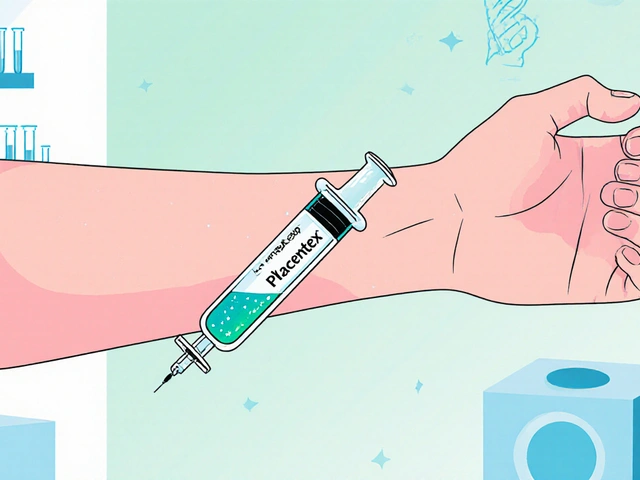Metronidazole substitutes: what works when Flagyl isn’t an option
Metronidazole (Flagyl) does a lot of heavy lifting against anaerobic bacteria and some parasites. But when it causes bad side effects, you’re allergic, or it simply fails, doctors use other, proven drugs. Here’s a clear, practical guide to common substitutes and when each one makes sense.
Alternatives by infection type
Trichomoniasis and bacterial vaginosis: Tinidazole and secnidazole are nitroimidazole cousins of metronidazole and often work when metronidazole can’t be used or hasn’t helped. Clindamycin is another common choice—available as an oral tablet or a vaginal cream—especially for bacterial vaginosis. If you need something topical, clindamycin cream is handy, but it can raise the risk of yeast infections, so watch for new symptoms.
Giardiasis and amebiasis: Nitazoxanide is a useful alternative for Giardia and some protozoal infections, with a different side-effect profile. Albendazole sometimes works for Giardia too, but it’s less reliable as a first choice. For severe amebic liver abscesses or complicated cases, doctors often pick other antiparasitic regimens based on tests and clinical judgement.
Anaerobic bacterial infections: For deep anaerobic infections or where broader coverage is needed, options include clindamycin, beta-lactam/beta-lactamase inhibitor combinations (like amoxicillin-clavulanate), and in serious cases, carbapenems. Each drug covers different bacteria and carries different risks—clindamycin raises the chance of C. difficile, while broader-spectrum drugs can disrupt gut flora more.
Clostridioides difficile (C. diff): Treatment has shifted away from metronidazole for C. diff. Oral vancomycin and fidaxomicin are now preferred for most cases because they work better and reduce recurrence.
How choices are made—and what to ask your doctor
Doctors pick an alternative based on the exact infection, the bug suspected, allergy history, pregnancy or breastfeeding status, drug interactions, and how severe the illness is. Lab tests or cultures often guide the choice when resistance is a concern. If your provider suggests a substitute, ask: “Why this drug for my infection?” and “What side effects should I expect?”
Also ask about practical things: dosing schedule, whether food affects absorption, and signs that the drug isn’t working. If you’ve had recent antibiotic use or gut issues, mention that—some alternatives increase the risk of C. difficile or yeast overgrowth.
Short and direct: there isn’t a single perfect substitute for metronidazole. Tinidazole and secnidazole are close cousins that often replace it for vaginal and parasitic infections. Clindamycin and beta-lactam combos step in for many anaerobic bacterial infections. For C. diff, choose vancomycin or fidaxomicin. Always check with your healthcare provider before switching—matching the drug to the bug and your personal health matters most.

Looking for options besides Flagyl? This article breaks down six real alternatives you might get prescribed instead of metronidazole. Learn the details of how they work, what they're good for, and when they're actually better. Each alternative comes with its own pros and cons, making it easier to choose the right fit. We cut through the jargon, giving you clear tips, facts, and a handy comparison table at the end. If you or someone you know needs something other than Flagyl, this guide's for you.






